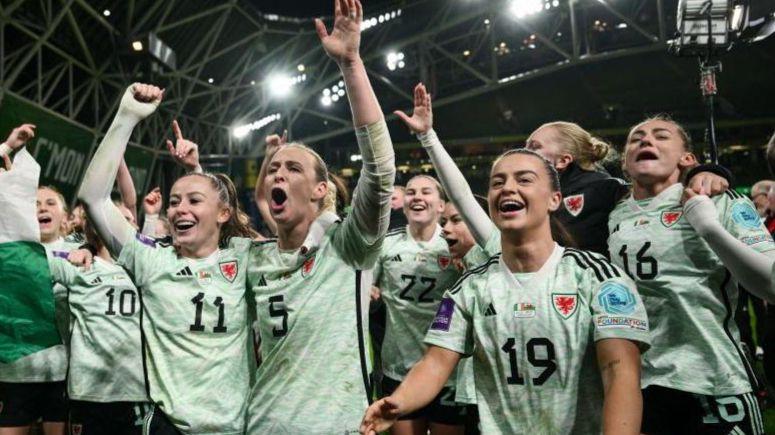ACL injury saw player miss out on Euros dream
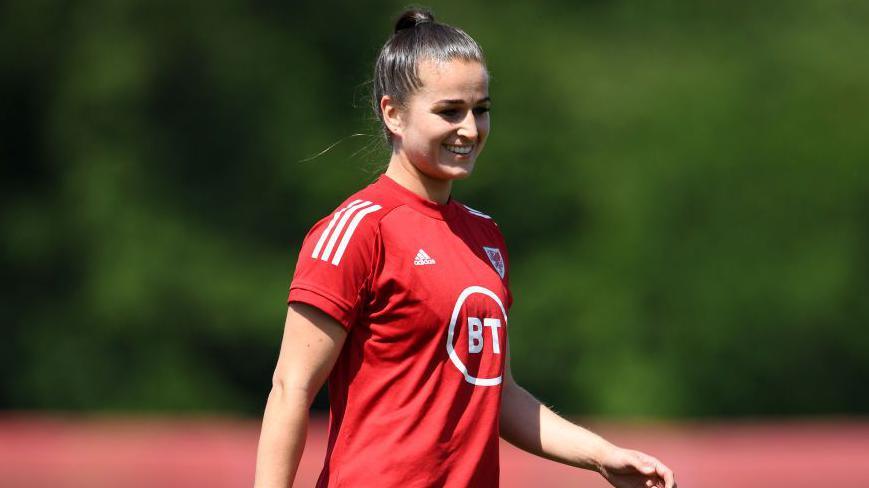
Megan Wynne has missed out on a chance at selection for Wales' Euro squad
- Published
A footballer who ruptured a major ligament in her knee and will miss out on Wales' competition debut has said it was "hard to think of the what ifs".
Megan Wynne, who plays for Perth Glory in Australia, ruptured her anterior cruciate ligament (ACL) in the final game of the season in April.
Her teammate Sophie Ingle has raced back to fitness for the Euros after injuring her ACL in September.
Studies have found female footballers are up to eight times more likely than men to injure their ACLs, and players including Wales' Megan Wynne will miss Euro 2025, which starts on Wednesday, as a result.
Experts warned a lack of structured performance pathways in women's football was a leading factor.
What is an ACL injury and what does it mean for Sam Kerr?
- Published12 January 2024
Wales' Davies to miss Euro 2025 with knee injury
- Attribution
- Published6 June
Ingle ‘will be ready’ for Wales’ Euro 2025 opener
- Attribution
- Published25 June
Wynne, 32, said she had spoken to head coach Rhian Wilkinson three days before the injury.
"She said 'good luck for your last game' and said she was looking forward to catching up when I get back.
"Obviously, as soon as I did it, that was in the back of my mind that, that chance if I ever did get it, it's over.
"So yeah, I don't know whether I might have been involved in the May squad, it's hard to kind of think of the what ifs."
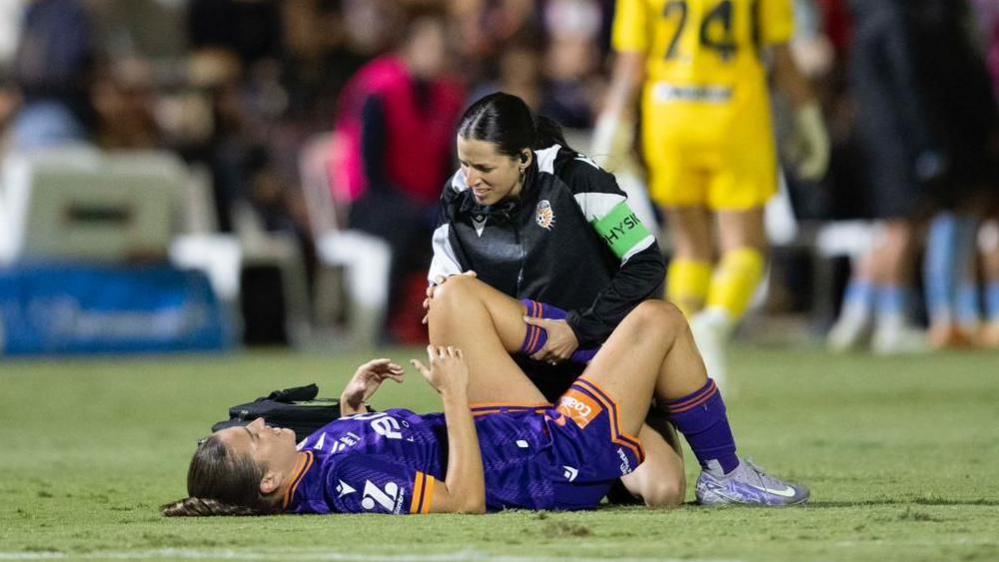
This is the moment Megan Wynne went down during her final game of the season with her ACL injury
It was Wynne's second ACL injury - the first coming in 2020 just weeks after joining Bristol City.
"Physically, I was probably the strongest I've been in the gym. Sometimes you just can't help it," she said of her second injury.
"You've got to wait for the scan results and everything, but unfortunately I already knew by the look on people's faces and the physio's face - something was up."
She said recovery had been "hard", especially as her teammates were preparing to compete in the Euros, but she said she was "proud" to have been involved and was looking forward to watching Wales "have the opportunity they all really deserve".
Research has long suggested ACL injuries are more prevalent in female , externalfootballers.
Rapid directional changes and landing after heading the ball are common events on a football pitch that can lead to ACL injuries.
The injury typically takes about six to nine months to recover from, although returns to competitive sports can take between nine months and a year, sometimes longer.
A study by Leeds Beckett University found 14 Women's Super League players sustained ACL injuries either in the league or on international duty since August 2024. They’ve also launched a three-year research into the injury with Fifpro, the Professional Footballers' Association and Nike.
Many high-profile names have suffered injuries, including England captain Leah Williamson, who was absent for the 2023 World Cup, and former Ballon d'Or Feminin runner-up Sam Kerr, who has not played since 2024.
Laura O'Sullivan and Mayzee Davies have also suffered ACL injuries and are missing Wales' first major tournament in their history.
Hannah Cain successfully recovered from two ACL injuries to score in the play-off win over Ireland. Elise Hughes also overcame an ACL injury to be included in Wales' Euro 2025 squad.
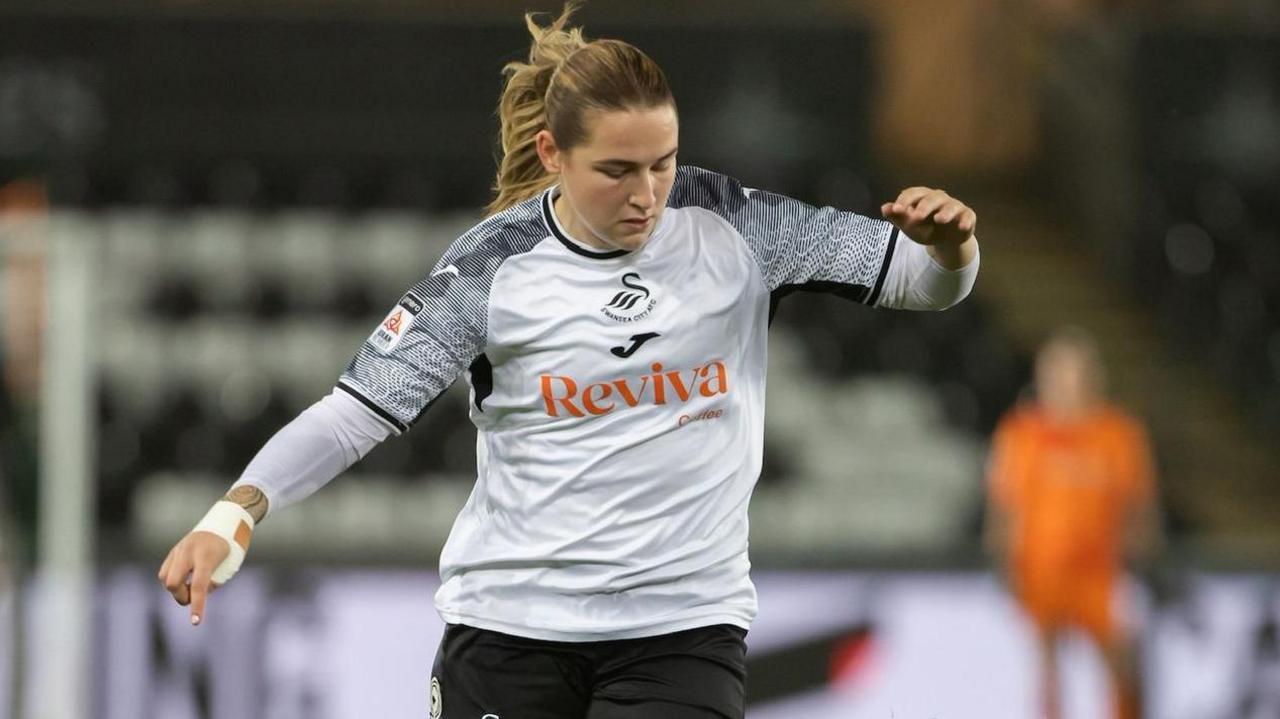
Chloe Chivers had previously said she would not continue playing if she suffered an ACL injury
Chloe Chivers also ruptured her ACL in each of her knees and said recovery from the injuries was "mental torture".
The 26-year-old who plays for Swansea City Ladies, said she was "stuck in the house" after rupturing ACL and considered retirement.
Chivers, from Abertillery in Blaenau Gwent, ruptured the ACL in her right knee in 2018 playing in the qualifying round of the Women's Champions League for Cardiff Met.
In 2021, she then ruptured the same ligament in her left knee.
"My first one was just a clean rupture, just a turn, and my second one was actual dislocation which caused the rupture," she said.
"I sort of remember someone coming in to tackle me... and I thought 'if I don't jump over this, my ankle's going to break'.
"So I just remember jumping over the ball and yeah my knee dislocated. I watched it dislocate."
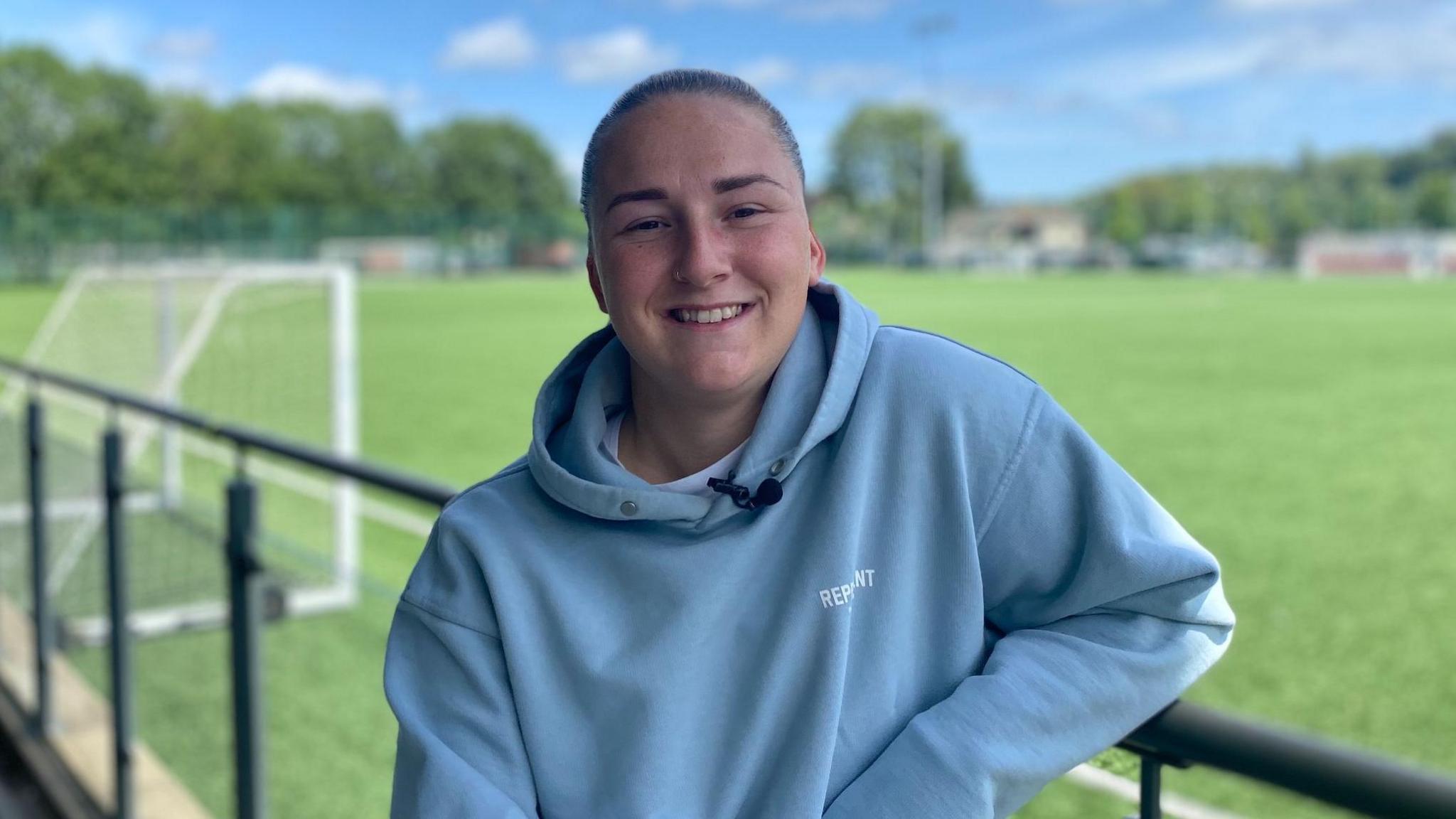
Chloe Chivers injured both of her anterior cruciate ligaments
Chivers, who is semi-pro and is also a residential support worker, had previously told herself she would retire if she ever injured her ACL, but her family's encouragement helped her get through two successful operations and back on the pitch.
"You can't drive, you can't work, you're stuck in the house, you've got to rely on everyone," she said.
"It was like mental torture - that's the only way to describe it.
"Before injuring myself I said if I ever did my ACL I'd retire, so I was really, really reluctant to actually have the operation.
"I just remember my mam being like 'come on, you've got to do it'. I just wanted to do it for my family really more than anything."
Why do women get more ACL injuries?
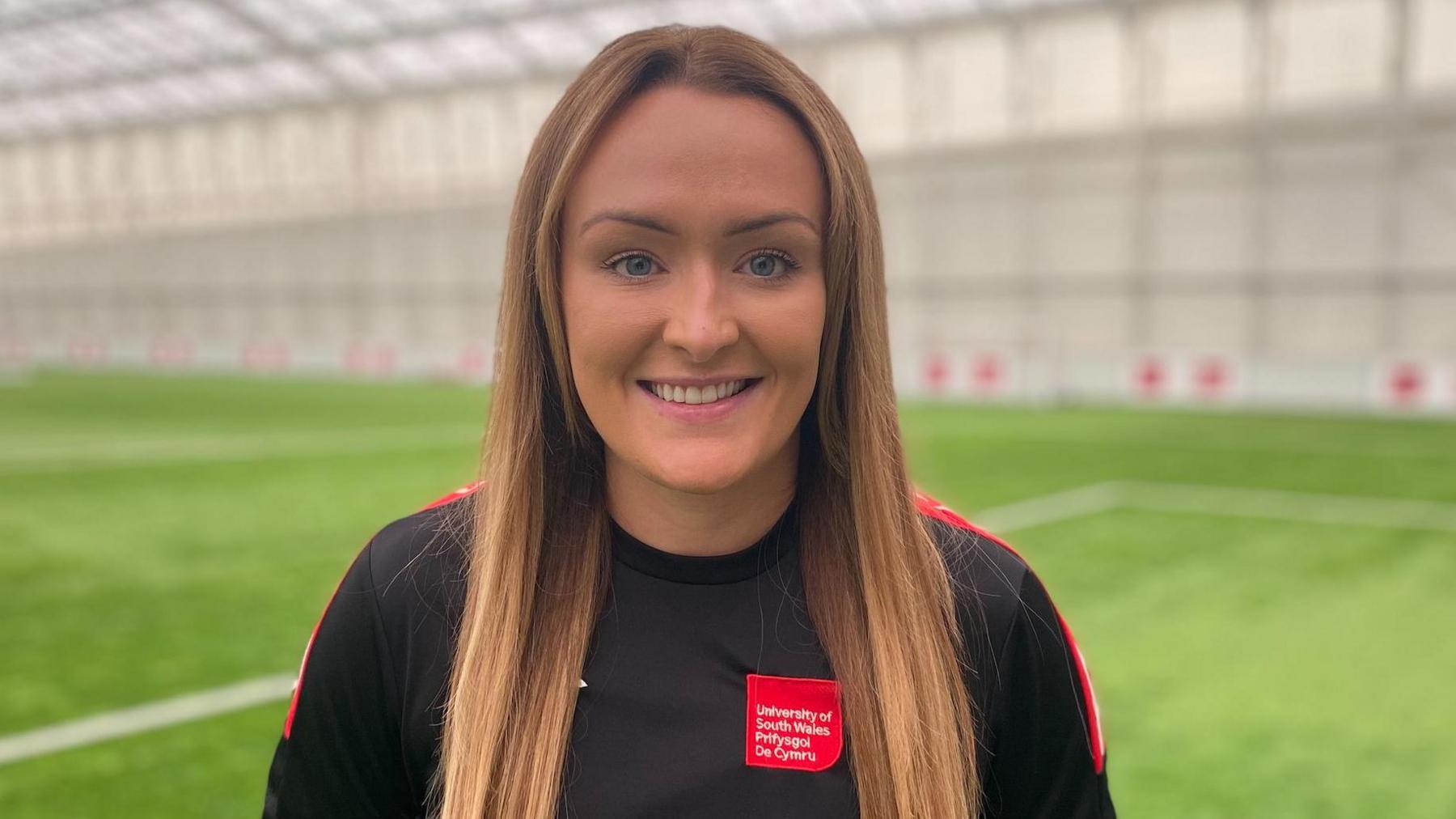
Sara Gray is currently working with the Wales women's squad in Switzerland
Sara Gray, a graduate sports therapist, said the risk to an ACL injury was "multifactorial".
"Women are not small men we are built very differently and even down to the structure of our bones they sit slightly differently," she said.
"If we look at where the ACL attaches on the female thigh bone it's smaller in women so if that's smaller, the ACL tends to be smaller and a little bit weaker."
She also said the way the thigh bone aligned with the knee also placed the ACL under "a little bit more stress".
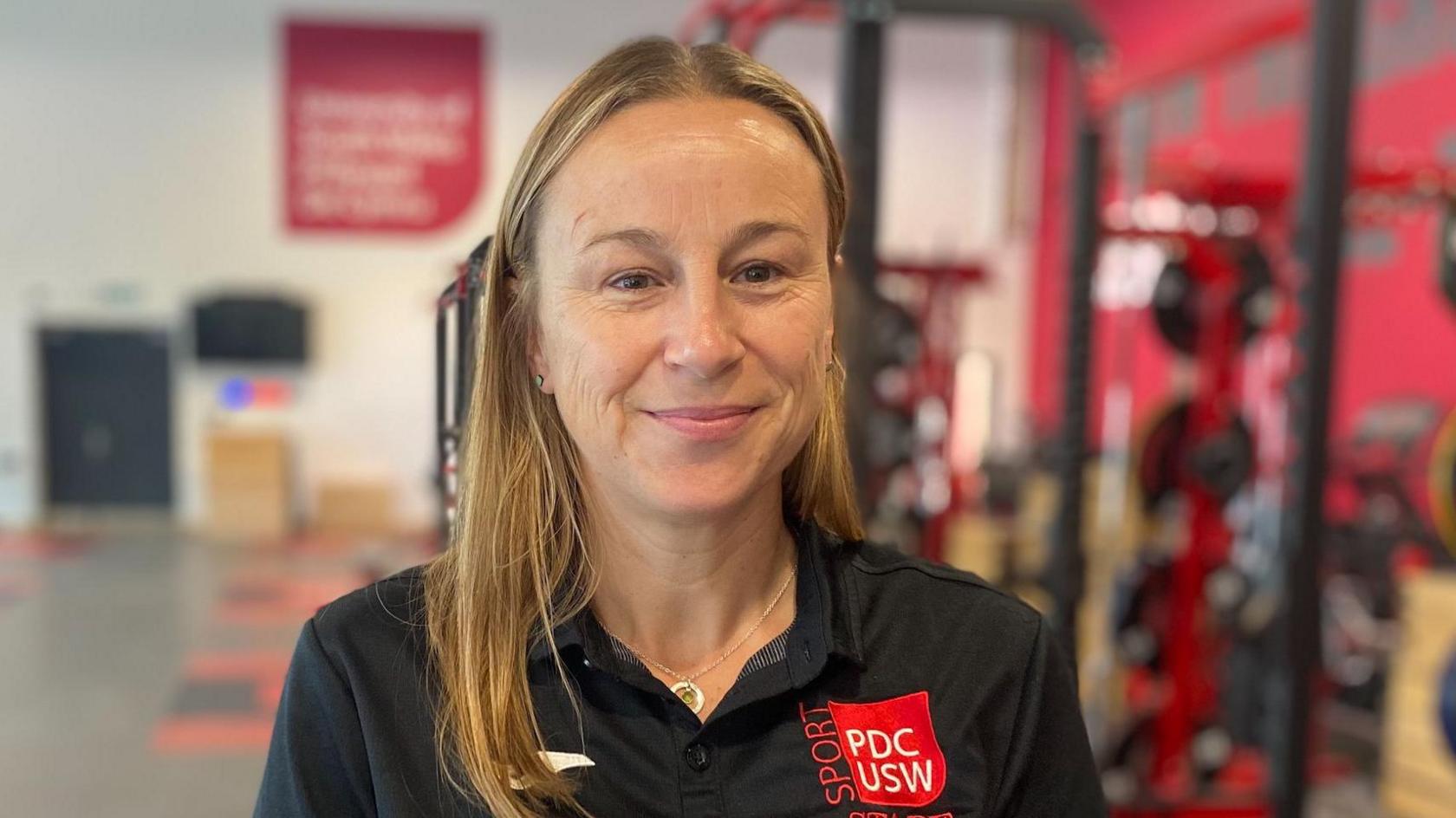
Dr Kate Williams says female athletes do not have the same structure and performance pathways as men
Dr Kate Williams, a senior lecturer in sports therapy at the University of South Wales, said the biggest difference between male and female athletes was the "physical preparation and performance pathway experiences".
"Males have a really good structure for going through an academy or a structured performance pathway.
"They are given access to excellent medical care, physical preparation, strength and conditioning programs, technical coaching."
Females, she added, "don't necessarily have that structure".
Research also suggests oestrogen peaks during menstrual cycles which can reduce joint stability.
But Dr Williams said research should go into injury prevention programmes rather than a focus on structural and hormonal difference.
"The whole team undertakes a standardised warm up that addresses a number of physical concerns that predispose our female athletes to ACLs," she said.
"As long as we start them pre-season... do them two to three times per week, and we target our younger players, they can be effective in reducing ACL injuries by around 60%."
Related topics
- Published4 December 2024
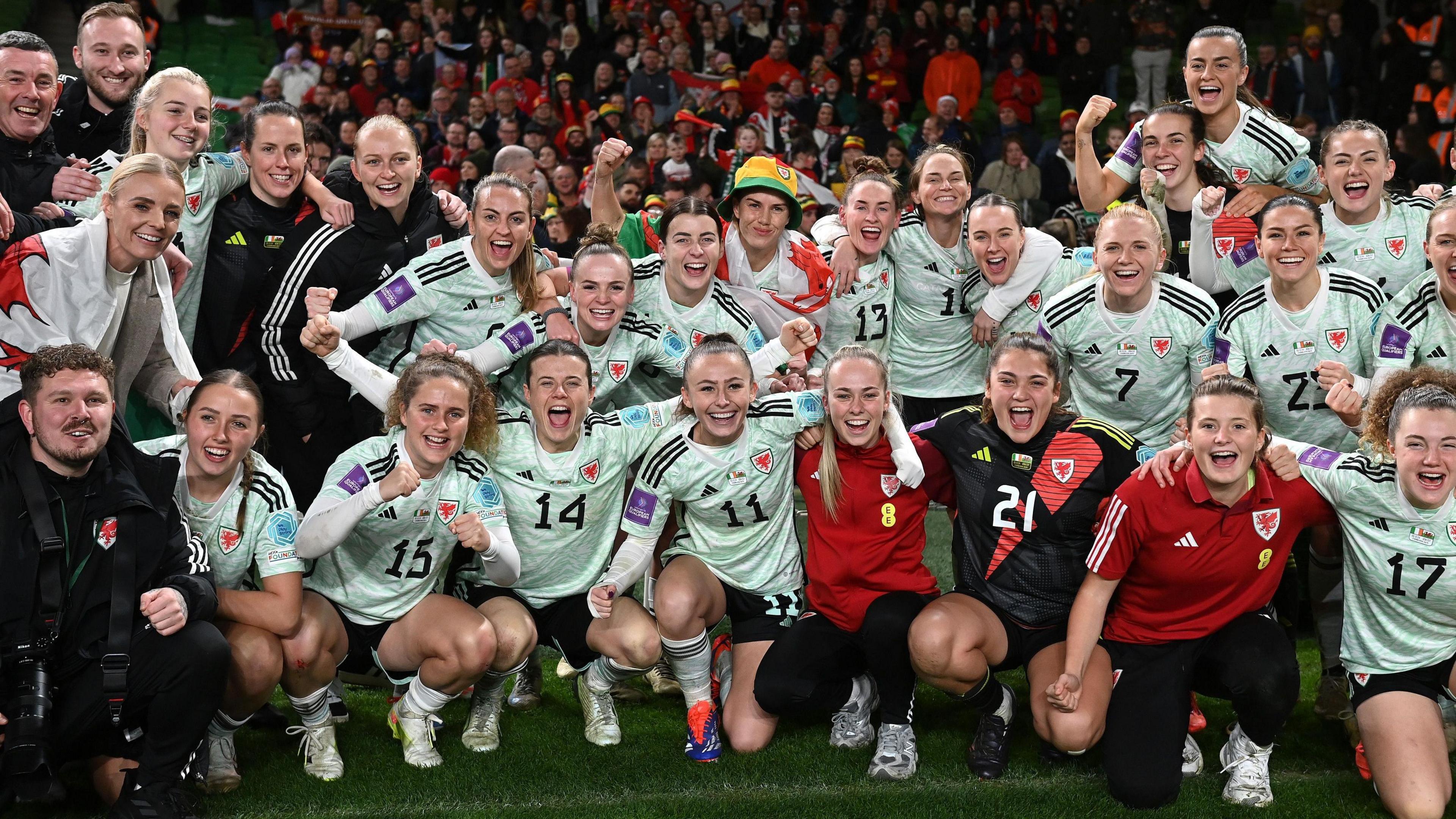
- Published4 December 2024
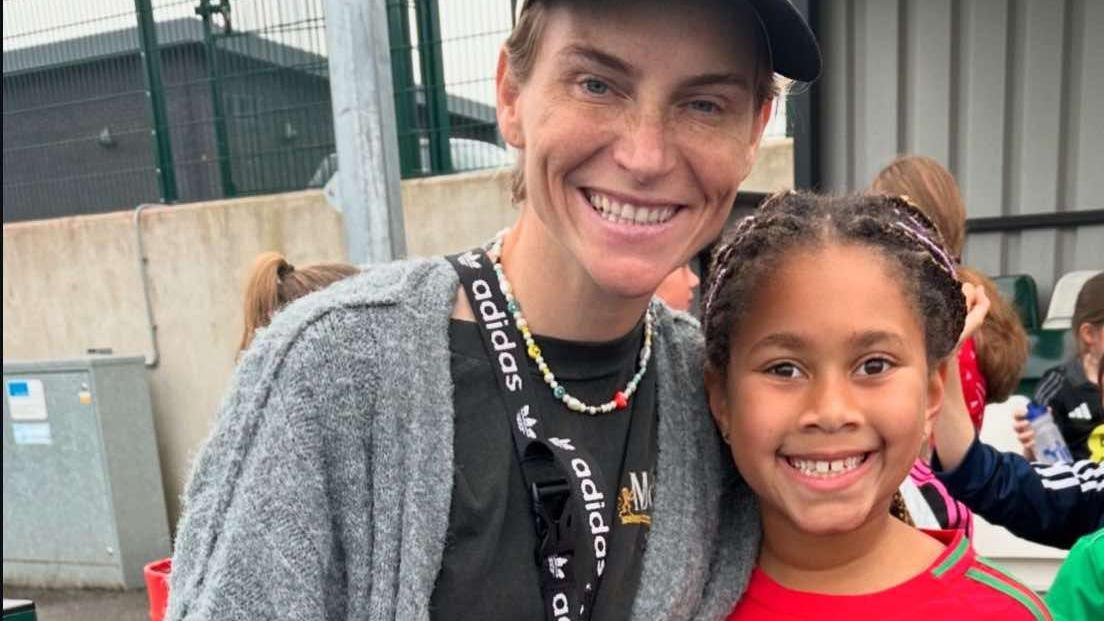
- Published2 January
